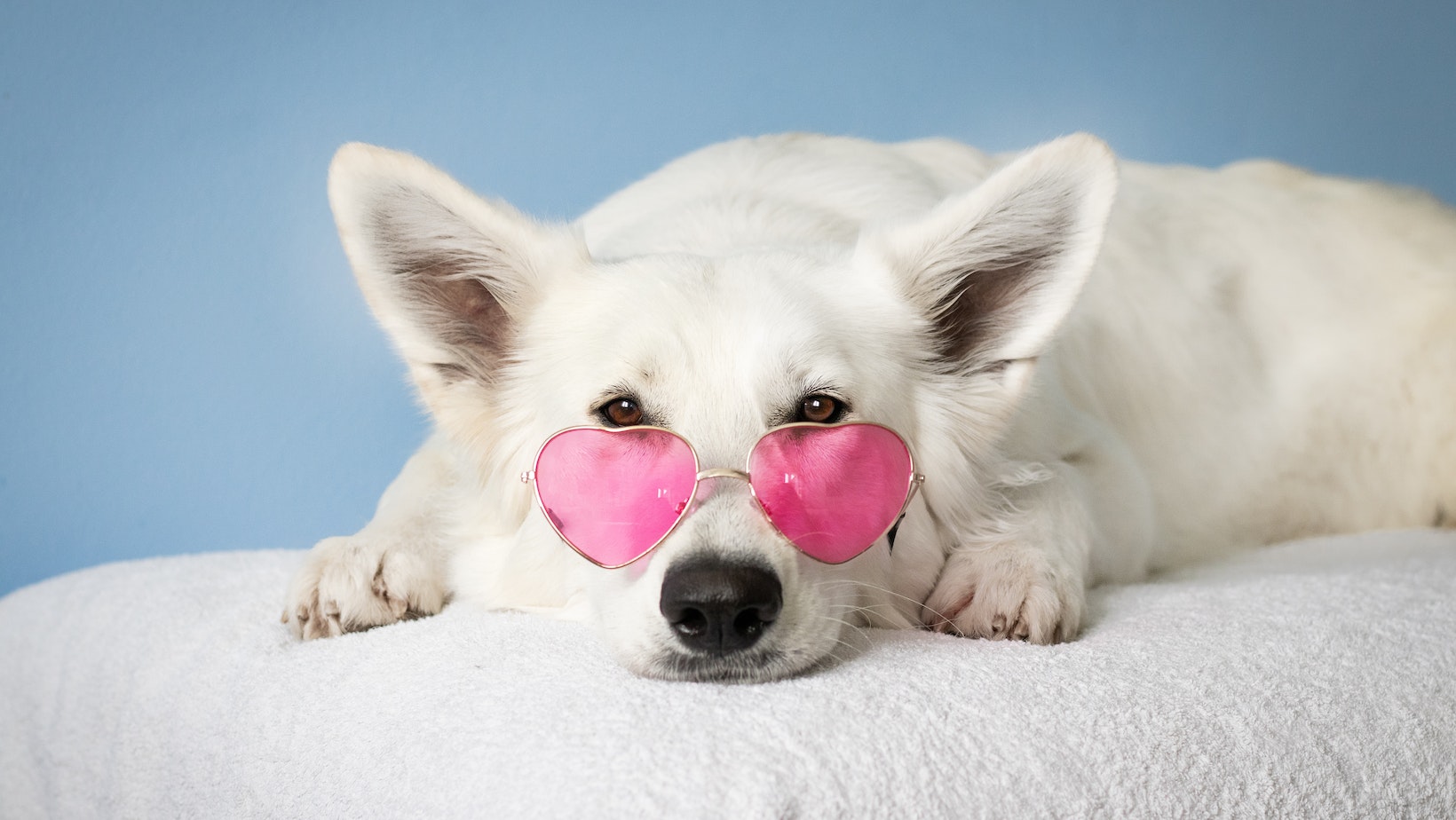How to Get Your Dog to Stop Biting
Having a new puppy can be an exciting and joyful experience, but it can also come with its challenges. One common issue that puppy owners face is biting or nipping behavior. While it may seem harmless at first, it’s important to address this behavior early on to prevent any future problems. In this article, I’ll share some effective strategies on how to stop your puppy from biting.
Puppies explore the world with their mouths, and biting is a natural part of their development. However, when those sharp little teeth start sinking into your skin or clothes, it can be quite painful and frustrating. The first step in curbing this behavior is to provide appropriate chew toys for your pup. By redirecting their attention onto toys specifically designed for teething puppies, you’re giving them an outlet for their chewing instincts.
Consistency is key when training your puppy not to bite. Whenever they nip at you or others around them, firmly say “no” and immediately withdraw attention by turning away or leaving the room briefly. This teaches them that biting results in a loss of interaction and playtime. Additionally, reward good behavior with treats and praise to reinforce positive habits.
Remember that patience is essential during this process. It may take time for your puppy to understand what behaviors are acceptable and what are not. By implementing these techniques consistently and providing plenty of love and positive reinforcement, you’ll be able to teach your furry friend that gentle play is encouraged while biting is discouraged.
In summary, stopping your puppy from biting requires consistent training methods such as redirecting their attention towards appropriate chew toys, using firm commands like “no,” withdrawing attention when they bite, rewarding good behavior, and practicing patience throughout the process. With time and dedication, you’ll be able to enjoy a well-behaved companion who understands boundaries when it comes to playtime interactions.

Understanding Why Dogs Bite
When it comes to our adorable furry friends, puppy biting can be a frustrating behavior. It’s important to remember that biting is a natural instinct for puppies and serves various purposes in their development. So, let’s delve into the reasons behind this behavior to gain a better understanding.
- Teething: Just like human babies, puppies go through teething too! Around 4-6 months of age, their baby teeth start falling out, making way for adult teeth. During this time, they may experience discomfort and itchiness in their gums, leading them to chew and bite on anything they can sink their tiny teeth into.
- Exploration: Puppies use their mouths as an exploration tool. They learn about the world around them by mouthing objects and even people! It’s how they discover textures, tastes, and sensations. This behavior is particularly common during playtime when they’re excited or curious.
- Socialization: Puppies also learn important social skills through biting while interacting with littermates and other dogs. By playfully nipping each other during playtime, they develop bite inhibition and communication skills necessary for healthy interactions with fellow canines.
- Attention-seeking: Sometimes puppies resort to biting as a means of getting attention from their owners or family members. When they nip at our hands or clothes, it can be an attempt to initiate play or receive some form of interaction.
- Overstimulation or frustration: Puppies have boundless energy but limited self-control. When they become overexcited or frustrated due to excessive stimuli such as loud noises or rough handling, biting may occur as a result of pent-up energy release or an expression of frustration.
It’s essential to address puppy biting early on by implementing effective training techniques that discourage inappropriate nipping while promoting alternative behaviors like chewing on appropriate toys instead. Understanding the underlying reasons behind puppy biting can help us approach the issue with patience and empathy, ensuring a harmonious relationship with our furry companions. Setting boundaries and teaching bite inhibition